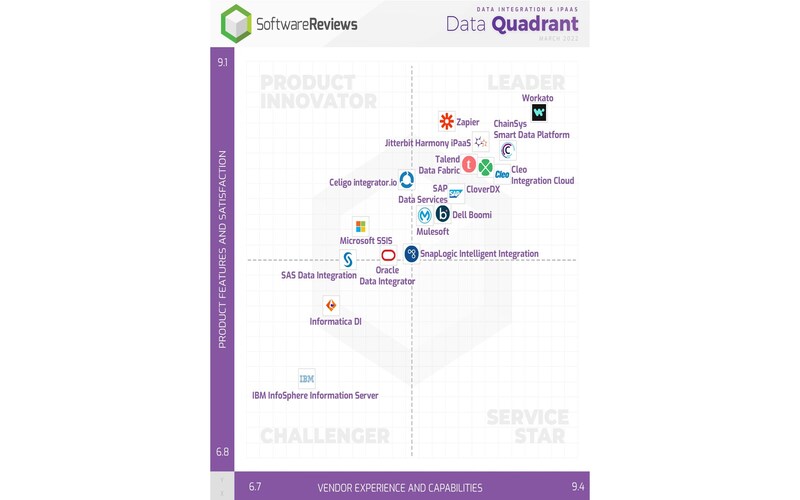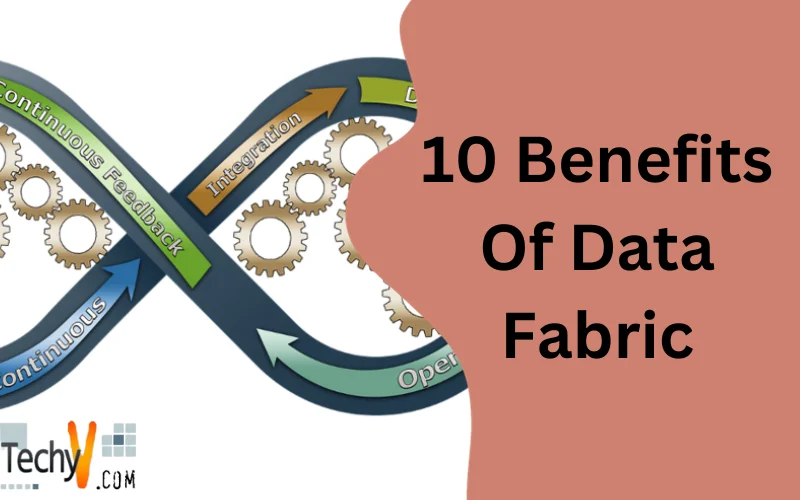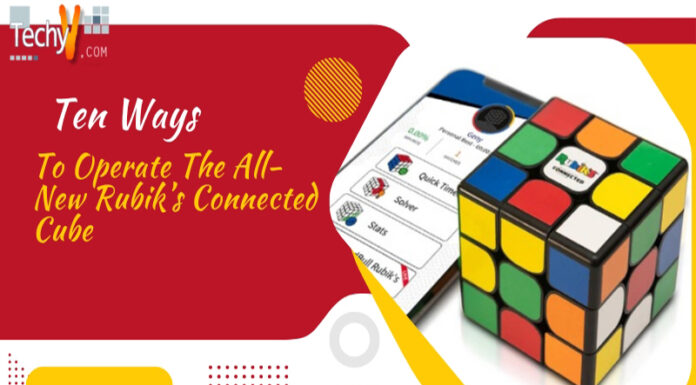What Is A Data Fabric?
Data Fabric is an end-to-end data inclusion and organization solution comprising architecture, data management and inclusion software, and shared data that helps management organize their data. A data fabric provides a united, persistent user experience and access to data for any member of management worldwide and in actual time.
Why Do We Use A Data Fabric?
Any data-centric management needs a comprehensive reach that overcomes the obstacles of time, space, software types, and data locations. Data must be attainable to consumers who need it, not closed away behind firewalls or located gradually in a range of locations. Companies need a secure, efficient, united environment and future-proof data solution to thrive. A data fabric provides this.
How Data Fabric Can Benefit Your Business
A data fabric is a platform that enables businesses to gather, process, and evaluate data from various sources. Data fabrics provide several facilities involving the ability to support actual time data evaluation, enhance decision-making, and increase operational efficiency. Data fabrics can help companies scale their data operations, as they can be enlarged to collect more data sources.
Data Fabric Helps To Achieve Good Business Outcomes
Data fabrics are becoming minimally popular as companies look for ways to enhance their data organization and use their data. There are many facilities for using a data fabric involving the ability to:
Enhance Data Management: A data fabric can aid you in managing your data more efficiently by offering a single, united view of all your data. It can assist you in recognizing and tracking data more rapidly, as well as making better use of your data in general.
Reduce Costs: A data fabric can help you minimize the costs associated with data management by enabling you to integrate your data into a single platform. It can save you time and money.
Support Actual Time Data Analysis: A data fabric can help you support real-time data analysis, allowing you to make smarter decisions more quickly.
1. Enhanced Data Quality
A data fabric architecture can significantly improve data expending and quality of industry data quality. By breaking down data silos and creating a consolidated repository for data storage, business intelligence can prevent the problem of outdated or inconsistent data. It can positively enhance the data:
- Accuracy
- Reliability
- Freshness
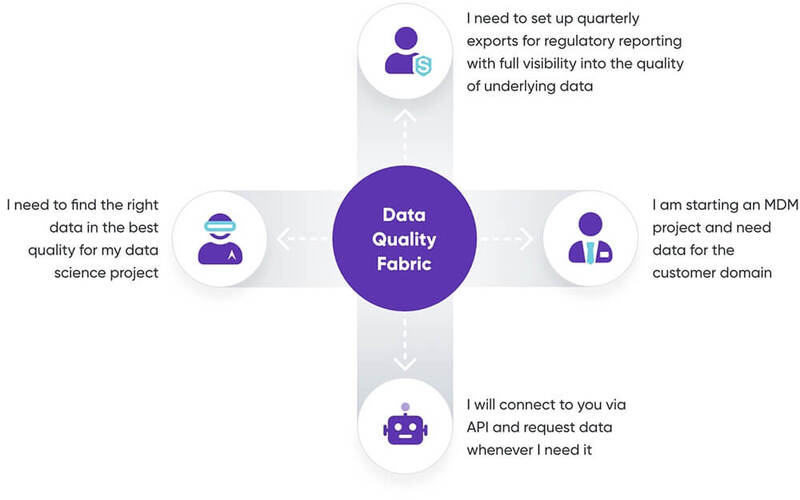
2. Increased Operational Efficiency
A data fabric allows organizations to run much more effectively. With data combination, data from distinct sources are kept in reserve in one place. It can help data engineers automate manual tasks and streamline business operations.
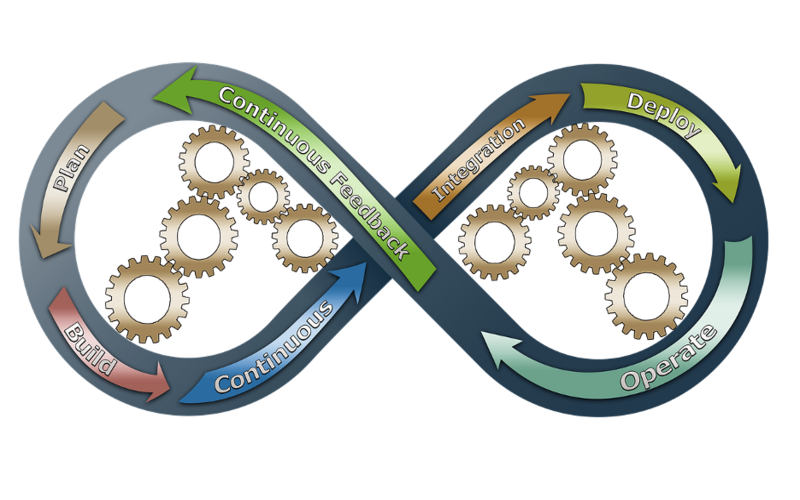
3. Better Data Management And Increased Data Agility
When a company executes a data fabric solution, it not only enhances operational efficiency but also assists them in setting up better data management practices. By combining and enriching data from distinct sources in a central data repository, companies can ensure the data is composed and organized following industry standards. Data virtualization and league are two excellent methods of data integration provided by Data Fabric. With such methods, actual-time data evaluations can become more streamlined, and roles and functions for organizing and maintaining data can be set up distinctly. A consolidated data store provided by a data fabric solution can allow organizations to react to interchanging companies’ needs quickly. A data fabric architecture can offer this centralized repository.
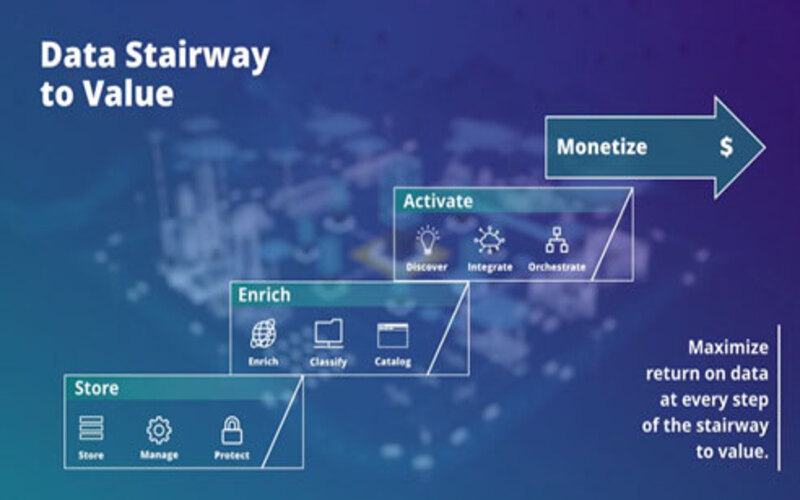
4. A More Straightforward Switch From Data Warehousing To A Data Lake
You can save time using data fabric architecture to switch to data lakes. Data fabric can preserve and analyze a vast amount of structured and unstructured data from different sources, enabling them to gain earlier unavailable insights. Organisations in the business industry, for example, can transition from traditional data warehousing to data lakes. Data lakes can be more pliable than data warehouses and can manage a lot of unstructured data, such as:
- Data from social media
- User reviews
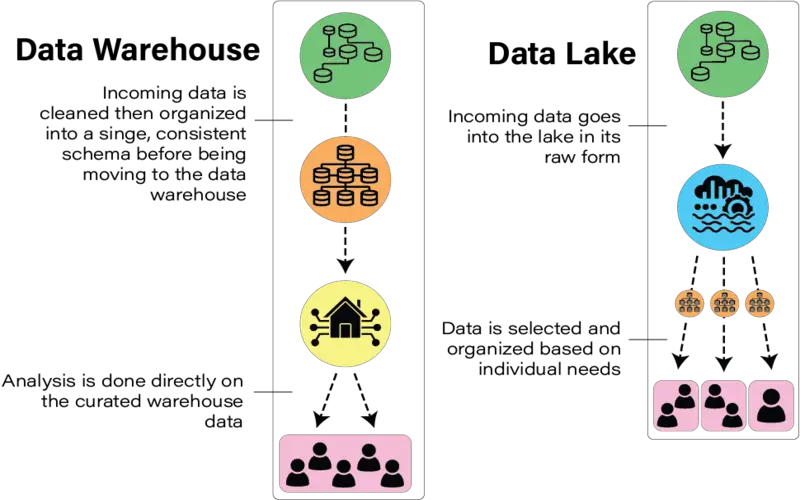
5. Enhanced Data Integration And Accessibility
A data fabric solution can improve data transporting because Solid can access its company data from an organized source. Combination data can remove the need to switch between various systems and streamline the data access process. A data fabric solution can make it easy for data scientists to manufacture data pipelines for data preparation and machine learning.
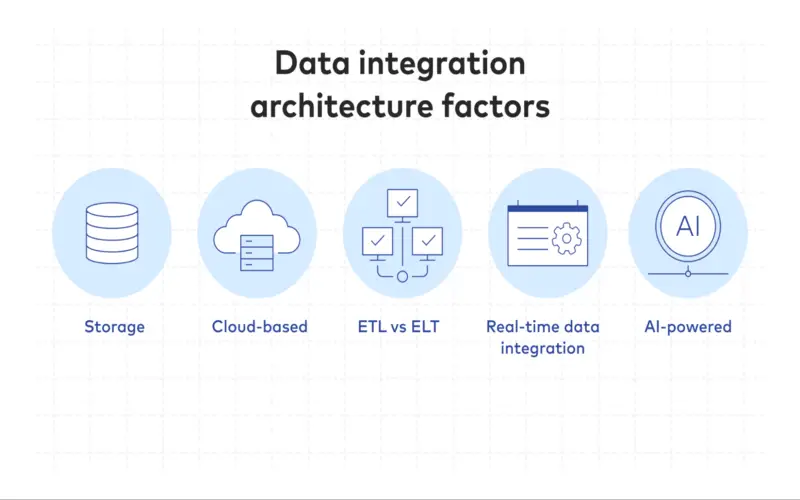
6. Improved Data Analytics
A data fabric solution can maximize an enterprise’s abilities by providing an organized data repository. It allows rapid access to the related data in-depth research and the formation of valuable insights. It can lead to better decision-making, inspire innovation, and create a determined benefit.
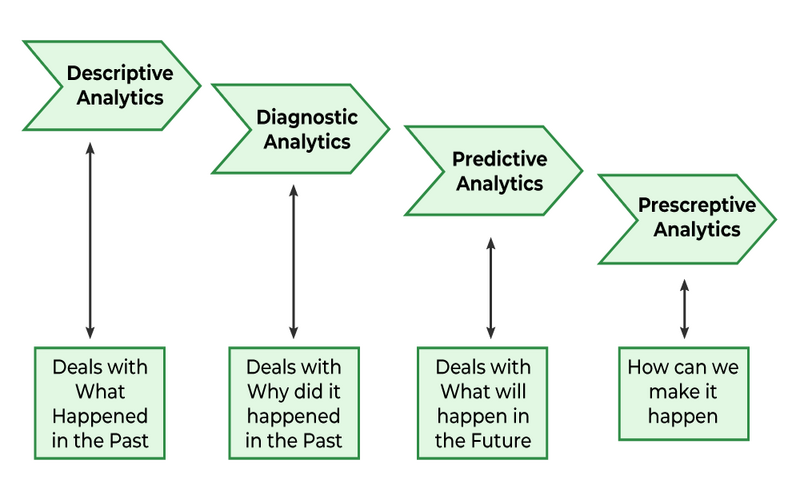
7. Improved Data Security
Executing a data fabric solution can enhance management data security by providing an integrated data repository, improving access control and sensitive information protection. It can help business consumers adhere to enterprise rules and prevent costly data breaches, increasing data security.
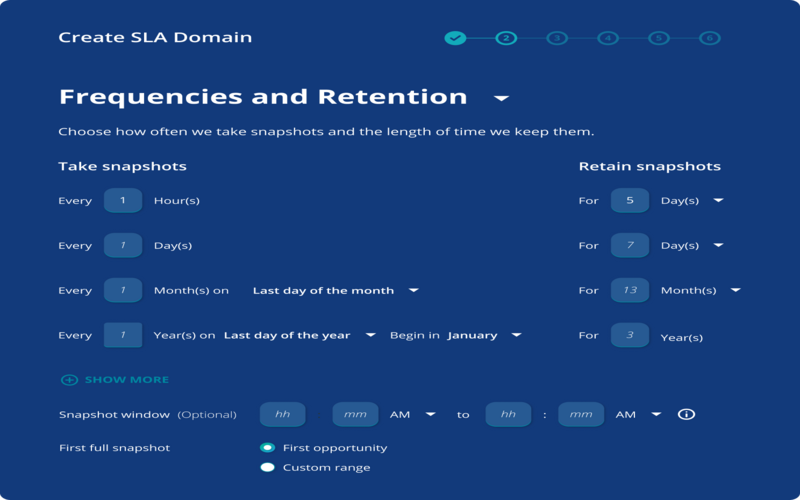
8. Enhancing Data Security In Banking
Banks can evaluate client data to discover their financial needs and alternatives and provide tailored economic goods and services. To achieve this goal, banks can deploy data fabric evaluating skills to combine data from different sources to enhance risk management and user services, such as:
- Transaction records
- Clients’ profiles
- Financial Markets
- Bank records
- Credit card information
- Personally identifiable information
Banks can observe and reveal unwanted data access attempts using data fabric security features. It is because banks must secure sensitive user information such as: Data fabric security abilities can help banks meet enterprise rules such as Payment Card Industry Data Security Standard (PCI DSS) and shielding sensitive data from assaults.
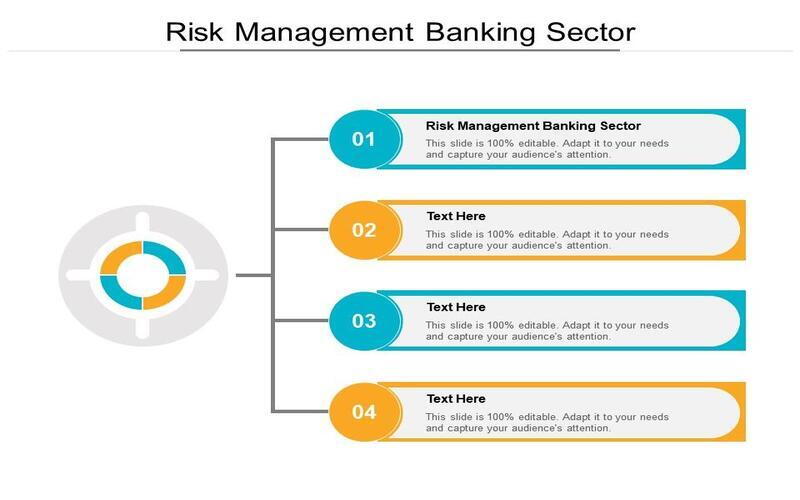
9. Better Securing Of Data And Compliance
Maximizing data access does not have to accommodate data security. Putting more security around access controls ensures that central data is only obtainable to specific roles. Using data fabric design cuts down on risks associated with data sharing.
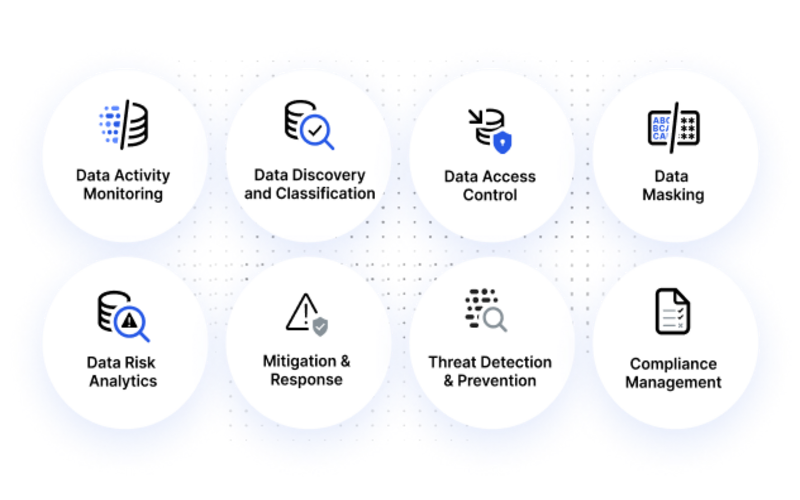
10. Smart Integrations
The goal of data fabric is to merge data across distinct data types and endpoints using correct knowledge graphs, metadata management, and even machine learning. It aids data management teams in collecting relevant datasets and also works with new data sources in the data ecosystems. So, it aids in eliminating silos across data systems and enhances overall data quality.
